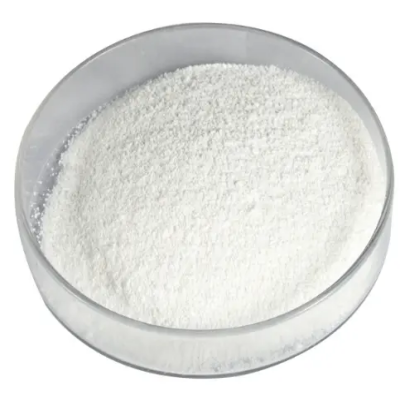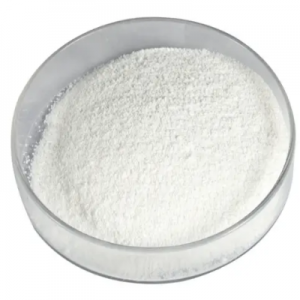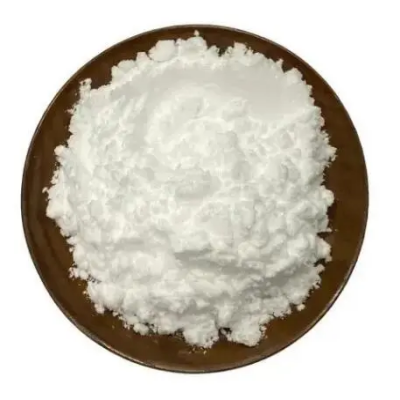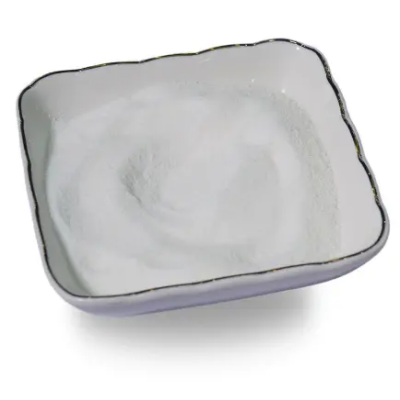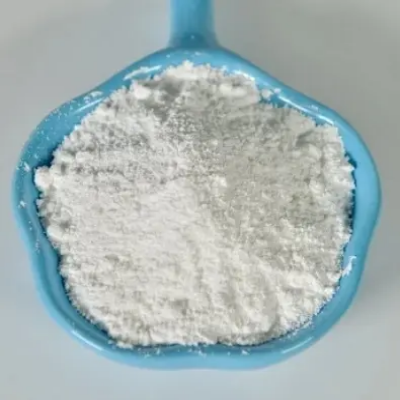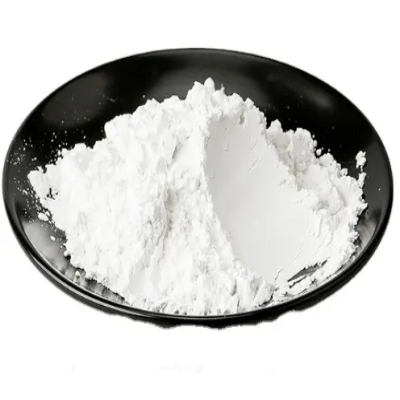ethyl 7-methoxyquinoline-3-carboxylate CAS:71082-46-7
Ethyl 7-methoxyquinoline-3-carboxylate finds extensive application in organic synthesis, particularly in the preparation of pharmaceuticals, agrochemicals, and fluorescent dyes. As a precursor, it participates in numerous transformations, including condensation reactions, cyclizations, and cross-coupling reactions, to yield biologically active molecules, crop protection agents, and fluorescent probes. Chemists utilize its structural diversity to introduce functional groups and modulate the physicochemical properties of target compounds, enhancing their efficacy and selectivity. In medicinal chemistry, Ethyl 7-methoxyquinoline-3-carboxylate serves as a valuable intermediate for designing drug candidates targeting various diseases, such as cancer, neurological disorders, and infectious diseases. Its incorporation into drug molecules can influence their pharmacokinetic profiles, metabolic stability, and therapeutic potency, offering opportunities for therapeutic optimization and lead discovery. Additionally, Ethyl 7-methoxyquinoline-3-carboxylate is employed in materials science for synthesizing fluorescent materials and functionalized quinoline derivatives. Its structural versatility enables the creation of materials with specific optical properties, suitable for applications in fluorescence imaging, organic light-emitting diodes (OLEDs), and sensors. However, proper handling and adherence to safety protocols are essential when working with Ethyl 7-methoxyquinoline-3-carboxylate due to its reactivity and potential hazards. Implementing appropriate safety measures, including ventilation, personal protective equipment, and waste disposal procedures, is crucial to ensure safe handling and minimize risks to health and the environment.



| Composition | C13H13NO3 |
| Assay | 99% |
| Appearance | white powder |
| CAS No. | 71082-46-7 |
| Packing | Small and bulk |
| Shelf Life | 2 years |
| Storage | Store in cool and dry area |
| Certification | ISO. |


